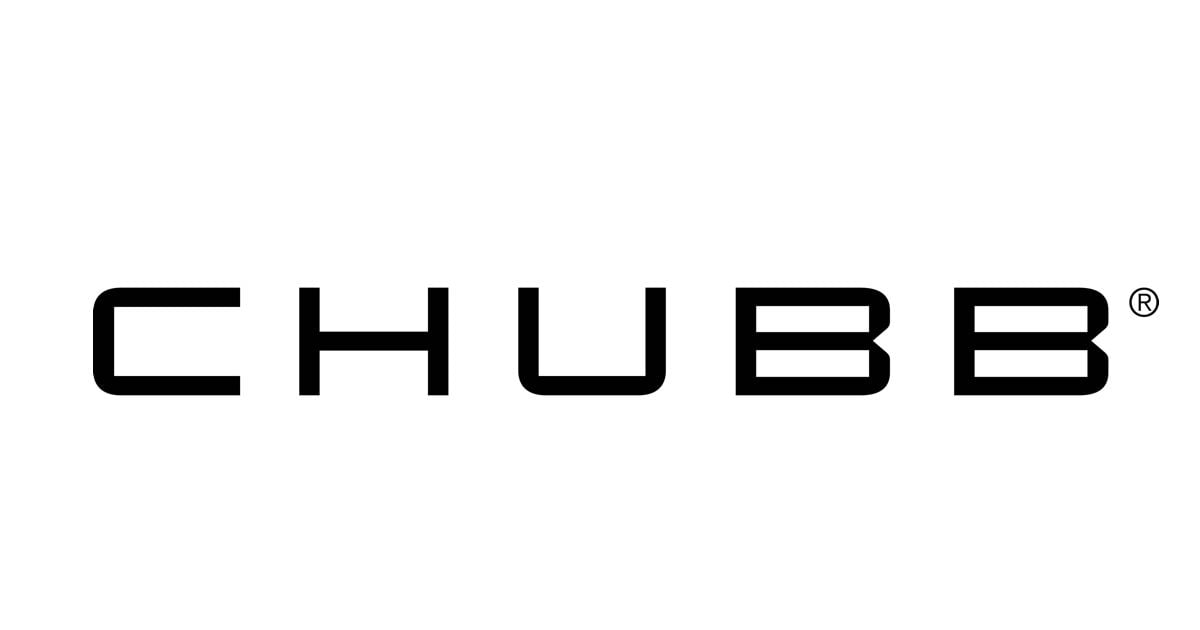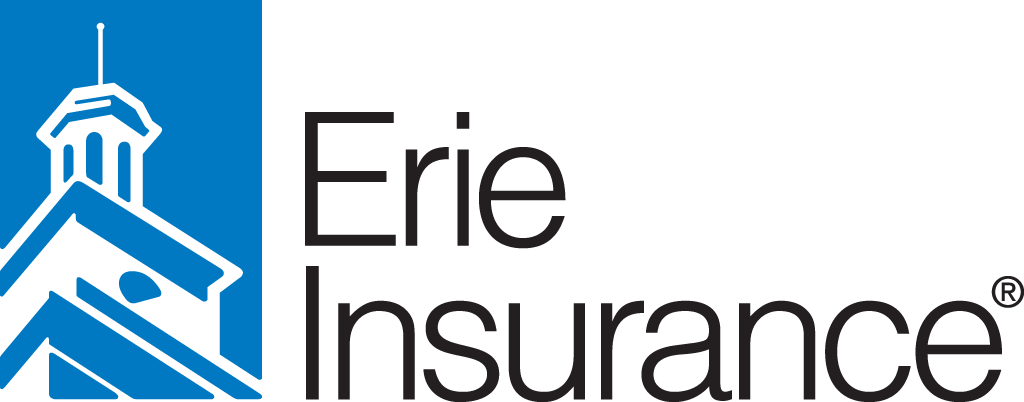Why trust NerdWallet
Strict editorial guidelines to ensure fairness and accuracy in our coverage to help you choose the financial products that work best for you. See our criteria for evaluating homeowners insurance.
More than 270 million rates analyzed by our team of specialists.
More than 50 insurance companies analyzed in all 50 states and Washington D.C. (See our top picks.)
Country Financial and Chubb are among the best homeowners insurance companies in Wisconsin, according to our analysis.
We analyzed data from more than 30 insurance companies to help you find the best home insurance in Wisconsin. Below are the insurers that earned 5 stars in our analysis.
Rates are based on a sample homeowner with good credit, $300,000 of dwelling coverage, $300,000 of liability coverage and a $1,000 deductible.
Note: Some insurance companies included in this article may have made changes in their underwriting practices and no longer issue new policies in your state.
Company | NerdWallet star rating | Average annual rate |
|---|---|---|
Not available | ||
$1,720 | ||
Not available | ||
Not available | ||
$1,390 | ||
USAA* | $1,415 | |
*USAA homeowners policies are available only to active military, veterans and their families. | ||
Get home insurance quotes in minutes
Answer a few questions to see custom quotes and find the right policy for you.The best homeowners insurance in Wisconsin
Here’s more information about the best home insurance companies in Wisconsin.

Amica
Well-established insurer known for great customer service.- High customer satisfaction ratings and low consumer complaints.
- Platinum Choice package offers extra coverage.
- Simple online claims filing and tracking.
- You can start a quote online but have to finish the buying process by phone.
Amica stands out for its customer service and broad range of coverage options. The company has drawn far fewer consumer complaints to state regulators than expected for an insurer of its size, according to the National Association of Insurance Commissioners.
You can customize your policy with extra coverage above your dwelling limit, in case your house costs more to rebuild than expected. You may also want to add coverage for damage from water backups or recovery from identity theft.
» READ MORE: Amica homeowners insurance review

Auto-Owners
Auto-Owners offers plenty of ways to customize your policy and save money on home insurance.- Large number of discounts.
- Has optional specialty coverage not offered by many other insurers.
- Very few consumer complaints.
- No online quotes or claims submission.
Auto-Owners has been in business for more than a century. Its homeowners policies include all the basics, but you can also add coverage for things like identity theft or the failure of major appliances. Guaranteed replacement cost coverage is another optional add-on, enabling you to rebuild your home after a total loss even if your dwelling coverage limit is too low.
Auto-Owners sells homeowners insurance through independent agents.
» READ MORE: Auto-Owners homeowners insurance review

Chubb
Perks and high coverage limits for affluent homeowners.- Significantly fewer consumer complaints than expected for a company of its size.
- Standard coverage includes features that many companies offer only as extras.
- Large number of potential discounts.
- Most consumers aren't able to get a quote online and will instead need to contact a local agent.
Chubb generally serves affluent policyholders with high-value homes, offering lofty coverage limits and plenty of perks. For example, the company covers water damage from backed-up sewers and drains, and pays to bring your home up to the latest building codes during reconstruction after a claim. (Many insurers charge more for these types of coverage.)
Chubb policyholders may also be able to take advantage of the company’s HomeScan service, which uses infrared cameras to look for problems behind the walls of your home.
» READ MORE: Chubb homeowners insurance review

Country Financial
Best for those who prefer to have a personal conversation with an agent when choosing coverage.- Far fewer complaints than expected for a company of its size.
- Many discounts and coverage options available.
- Can get an online quote but must finish the purchase over the phone.
Country Financial has multiple levels of homeowners coverage to help you choose the package that’s best for you. You also have the option to add extra coverage for the structure of your home, in case the cost of rebuilding exceeds your policy limit.
Country Financial sells homeowners insurance through local representatives. The company has drawn far fewer complaints than expected to state regulators.
» READ MORE: Country Financial homeowners insurance review

Erie
Best for homeowners who want to work with an agent.- Policies may include guaranteed replacement cost coverage.
- Receives far fewer complaints than expected for a company of its size.
- No online quotes.
Erie offers guaranteed replacement cost coverage for the structure of your home. With this coverage, the company will pay to rebuild your home completely after a disaster, even if the amount exceeds your dwelling limit.
Got a car to insure, too? If you bundle your home and auto insurance with Erie, you could get a discount of 16% or more. You may also be able to save if your home has certain safety and security features such as smoke alarms or sprinkler systems.
» READ MORE: Erie homeowners insurance review

USAA
Offers perks and affordable rates for the military community.- Policies include standard coverage that often costs extra elsewhere.
- Far fewer customer complaints to state regulators than expected for a company of its size.
- Rates are below the national average, according to NerdWallet’s analysis.
- Available only to active military members, veterans and their families.
USAA sells homeowners insurance to veterans, active military members and their families. If that description fits you, you may want to consider a USAA policy. That’s because the company’s homeowners insurance has certain features that other insurers may charge extra for.
For example, USAA automatically covers your personal belongings on a replacement cost basis. Many companies pay out only what your items are worth at the time of the claim, which means you may not get much for older items. USAA pays enough for you to buy brand-new replacements for your stuff.
» READ MORE: USAA homeowners insurance review
Other home insurance companies to consider
Looking for more of the best homeowners insurance companies in Wisconsin? These insurers received a NerdWallet star rating of 4.5:
Company | NerdWallet star rating | Average annual rate |
|---|---|---|
$1,265 | ||
$2,110 | ||
Auto Club Group (AAA) | $1,815 | |
Not available | ||
$1,545 | ||
Not available | ||
$1,615 | ||
Not available | ||
$1,515 | ||
$1,465 |
How much does homeowners insurance cost in Wisconsin?
The average annual cost of home insurance in Wisconsin is $1,515. That’s 28% less than the national average of $2,110.
In most U.S. states, including Wisconsin, many insurers use your credit-based insurance score to help set rates. Your insurance score is similar but not identical to your traditional credit score.
In Wisconsin, those with poor credit pay an average of $3,140 per year for homeowners insurance, according to NerdWallet’s rate analysis. That’s more than twice what those with good credit pay.
Average cost of homeowners insurance in Wisconsin by city
How much you pay for homeowners insurance in Wisconsin depends on where you live. For instance, the average cost of home insurance in Milwaukee is $1,610 per year, while homeowners in Madison pay $1,455 per year, on average.
City | Average annual rate | Average monthly rate |
|---|---|---|
Appleton | $1,490 | $124 |
Beloit | $1,580 | $132 |
Brookfield | $1,515 | $126 |
De Pere | $1,470 | $123 |
Eau Claire | $1,825 | $152 |
Fond Du Lac | $1,490 | $124 |
Green Bay | $1,440 | $120 |
Janesville | $1,585 | $132 |
Kenosha | $1,515 | $126 |
La Crosse | $1,715 | $143 |
Madison | $1,455 | $121 |
Manitowoc | $1,430 | $119 |
Menomonee Falls | $1,515 | $126 |
Milwaukee | $1,610 | $134 |
Neenah | $1,515 | $126 |
New Berlin | $1,530 | $128 |
Oconomowoc | $1,515 | $126 |
Oshkosh | $1,515 | $126 |
Racine | $1,540 | $128 |
Sheboygan | $1,365 | $114 |
Stevens Point | $1,670 | $139 |
Sun Prairie | $1,495 | $125 |
Waukesha | $1,515 | $126 |
Wausau | $1,485 | $124 |
West Bend | $1,525 | $127 |
The cheapest home insurance in Wisconsin
Here are the insurers we found with average annual rates below the Wisconsin average of $1,515.
Company | NerdWallet star rating | Average annual rate |
|---|---|---|
Rural Mutual | Not rated | $1,015 |
Wisconsin Mutual | Not rated | $1,225 |
$1,265 | ||
Badger Mutual | Not rated | $1,290 |
$1,390 | ||
$1,465 | ||
Hastings Mutual | Not rated | $1,490 |
USAA* | $1,415 | |
*USAA homeowners policies are available only to active military, veterans and their families. | ||
Common risks for Wisconsin homeowners
Here are a few of the most common risks Wisconsin homeowners face, along with steps you can take to insure your home against them.
Flooding
Standard homeowners insurance policies typically don't cover flood damage. As a result, homeowners in flood-prone areas may need to buy separate flood insurance. Remember that while you can purchase flood coverage at any time, there’s typically a 30-day waiting period before the insurance takes effect.
Not sure if you’re at risk for flooding? You can look up your address on the Federal Emergency Management Agency's flood maps. However, FEMA’s maps don’t always capture all types of flood risk, so you may also want to check the website of the nonprofit First Street Foundation, which models climate risks. Enter your address in the top left corner to see your home’s flood risk rating on a scale of 1 to 10.
Winter storms
A standard homeowners insurance policy typically covers winter storm-related damage. There is nuance to what types of damage are covered, so review your policy carefully. For example, seepage behind your drywall caused by a melting ice dam may be covered, but you may need a separate flood insurance policy to cover seepage through your foundation.
Tornadoes
A standard homeowners insurance policy often includes wind damage, including any caused by tornadoes. However, you may have a separate wind deductible. These can be a flat rate, such as $1,000, or a percentage of your dwelling coverage. For example, your policy may have a $1,000 deductible for most claims and a 1% deductible for wind claims. If your policy has $250,000 worth of dwelling coverage, you’d have to pay for the first $2,500 of wind damage yourself. Learn more about home insurance and tornadoes.
Hailstorms
Hail damage is typically included in your standard home insurance policy, but some policies may come with a separate deductible similar to those for wind damage.
Wisconsin insurance department
The Wisconsin Office of the Commissioner of Insurance oversees the insurance industry and serves as a resource for consumers. You can get answers to general questions about insurance through the website or by phone at 800-236-8517. If you need to file a complaint against your insurer, you can do so using an online form or by mail.
- Looking for more insurance in Wisconsin?
- Find home insurance in other states
Amanda Shapland contributed to this story.
Frequently asked questions
Is homeowners insurance required in Wisconsin?
Is homeowners insurance required in Wisconsin?
Homeowners insurance isn't required by Wisconsin state law. However, your lender may require you to purchase home insurance. For more information, read Is Homeowners Insurance Required?
Does Wisconsin home insurance cover flooding?
Does Wisconsin home insurance cover flooding?
Standard homeowners insurance policies in Wisconsin don't cover flooding. If you live in a flood plain or an area at risk for floods, you should consider buying separate flood insurance.
How can I save money on homeowners insurance in Wisconsin?
How can I save money on homeowners insurance in Wisconsin?
There are several ways to save money on homeowners insurance in Wisconsin:
Shop around to make sure you’re getting the best rate.
Choose a higher deductible. In case of any claims, you’ll pay more out of pocket, but your premiums will be lower.
Bundle your home and auto insurance for a lower overall rate. See the best home and auto insurance bundles.
Ask your insurer if you qualify for any home insurance discounts.
Homeowners insurance rates methodology
NerdWallet calculated median rates for 40-year-old homeowners from various insurance companies in the 25 largest cities in each U.S. state by population. All rates are rounded to the nearest $5.
Sample homeowners were nonsmokers with good credit living in a single-family, two-story home built in 1984. They had a $1,000 deductible and the following coverage limits:
$300,000 in dwelling coverage.
$30,000 in other structures coverage.
$150,000 in personal property coverage.
$60,000 in loss of use coverage.
$300,000 in liability coverage.
$1,000 in medical payments coverage.
We made minor changes to the sample policy in cases where rates for the above coverage limits or deductibles weren’t available.
We changed the credit tier from “good” to “poor,” as reported to the insurer, to see rates for homeowners with poor credit.
These are sample rates generated through Quadrant Information Services. Your own rates will be different.
Star rating methodology
NerdWallet’s homeowners insurance ratings reward companies for customer-first features and practices. Ratings are based on weighted averages of scores in several categories, including financial strength, consumer complaints, coverages, discounts and online experience. These ratings are a guide, but we encourage you to shop around and compare several insurance quotes to find the best rate for you. NerdWallet does not receive compensation for any reviews. Read our full homeowners insurance rating methodology.
Complaint methodology
NerdWallet examined complaints received by state insurance regulators and reported to the National Association of Insurance Commissioners in 2021-2023. To assess how insurers compare with one another, the NAIC calculates a complaint index each year for each subsidiary, measuring its share of total complaints relative to its size, or share of total premiums in the industry. To evaluate a company’s complaint history, NerdWallet calculated a similar index for each insurer, weighted by market shares of each subsidiary, over the three-year period. NerdWallet conducts its data analysis and reaches conclusions independently and without the endorsement of the NAIC. Ratios are determined separately for auto, home (including renters and condo) and life insurance.
